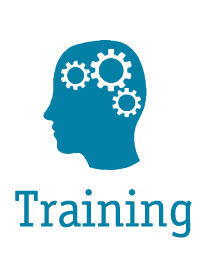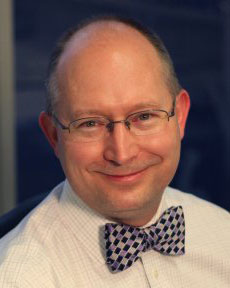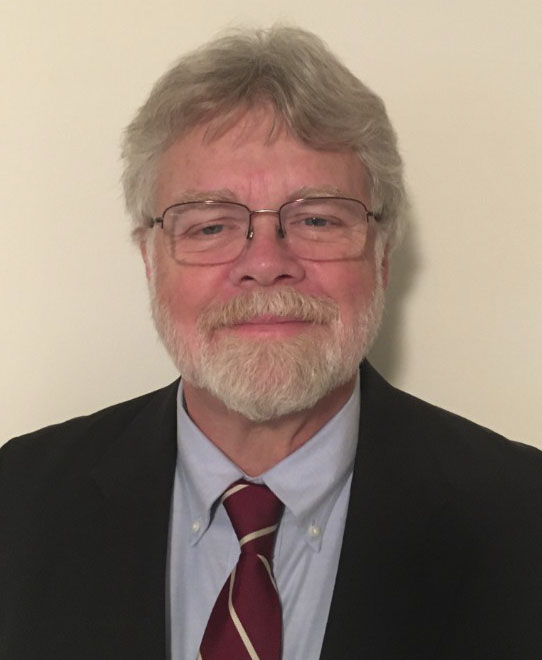|
For More Information, Contact: |
The Applied Technology Council (ATC) and the City of Los Angeles Department of Building & Safety (LADBS) are pleased to announce the ATC-50 Seminar on Seismic Evaluation, Grading, and Rehabilitation of Single-Family Wood-Frame Dwellings, to be held January 17, 2002 in the City of Commerce at the Wyndham Hotel. The seminar is the capstone activity in the ATC-50 project, which was initiated by the City of Los Angeles Mayor's Blue Ribbon Panel because of the high financial losses resulting from damage to single-family wood-frame dwellings as a result of the 1994 Northridge earthquake. The purpose of the 1-day seminar is to provide participants with detailed information about the ATC-50 seismic evaluation, grading and rehabilitation procedures, including an overview of the pilot testing phase of the project in which 500 buildings were evaluated and graded using preliminary versions of the procedures, and 50 homes are being retrofitted.
The seminar program has been developed for building inspectors, contractors, structural design professionals, building officials, and representatives of insurance companies and financial institutions. Topics to be addressed include:
- the ATC-50 Seismic Evaluation and Grading Procedures, which enable a certified inspector to evaluate a detached single-family wood-frame dwelling and assign a seismic grade, ranging from A through D. (Each grade represents an expected range of damage, expressed as a percentage of replacement cost, should the dwelling be subjected to severe earthquake ground shaking),
- the ATC-50-1 Seismic Rehabilitation Guidelines, which provide prescriptive methods, simplified engineering methods, and fully engineered methods that, if implemented, allow the homeowner to improve the seismic grade, and
- incentives for homeowners to participate voluntarily in the program (ATC-50-2 report, Safe at Home in Earthquakes: A New Earthquake Safety Program).
The seminar program will include plenary sessions and break-out sessions to provide a more conducive environment for questions and discussions about the new ATC-50 procedures. The seminar speakers, including local practicing structural engineers and building regulatory officials involved in ATC-50 developmental work, were selected by ATC for their technical expertise and their ability to convey technical information effectively to large audiences.
The seminar registration fee is $150 ($120 for ATC Subscribers) and covers copies of the ATC-50, ATC-50-1, and ATC-50-2 reports, luncheon, and coffee breaks. A late fee of $25 will be imposed on registrations postmarked or faxed after January 7, 2002. For further information, contact: ATC-50 Project, Applied Technology Council, 555 Twin Dolphin Drive, Suite 550, Redwood City, CA 94065; Fax: 650/593-2320; E-mail: This email address is being protected from spambots. You need JavaScript enabled to view it.. A PDF version of the registration form can be downloaded here.




 Michael Valley
Michael Valley